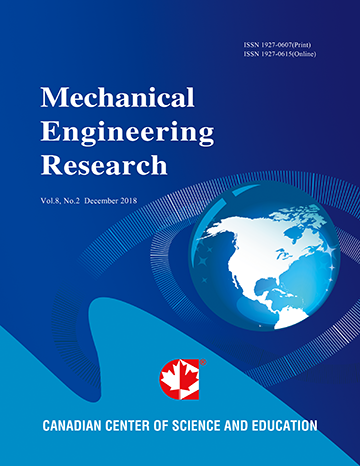Control of Exhaust Emissions from Copper Coated Gasohol Run Two Stroke Spark Ignition Engine with Catalytic Converter
- M. V. S. Krishna
- P. V. K. Murthy
- S. Kumar
- K. Kishor
Abstract
The major pollutants emitted from spark ignition (SI) engine are carbon mono oxide (CO) and un-burnt hydrocarbons (UBHC). If the engine is run with alcohol, aldehydes have to be checked also. These are hazardous and cause health problems to human beings but also have impact on environment. Hence control of these pollutants call for immediate attention. Copper of thickness 300 microns is coated over piston crown, and indie portion of cylinder liner and cylinder head of the spark ignition engine. Investigations have been carried out for controlling pollutants from two strokes, 2.2 kW brake power at the rated speed of 3000 rpm, copper coated spark ignition engine fitted with catalytic converter with different catalysts such as sponge iron and manganese ore run with gasohol (blend of 20% ethanol and 80% gasoline by volume). The influence of parameters of catalytic converter (such as void ratio, mass of catalyst, airflow rate, temperature of injected air) and parameters of engine (such as brake power and equivalence ratio) on these emissions are studied. A microprocessor-based analyzer is used for the measurement of CO/UBHC in the exhaust of the engine. Aldehydes are measured by DNPH (dinitrophenyl hydrazine) method. Catalytic parameters are found to show strong influence on reduction of the pollutants in the exhaust. Copper coated spark ignition engine (CCE) with gasohol operation reduced the exhaust emissions considerably when compared to conventional engine (CE) with pure gasoline operation.
- Full Text:
 PDF
PDF
- DOI:10.5539/mer.v1n1p24
Contact
- Lenna BaiEditorial Assistant
- mer@ccsenet.org
